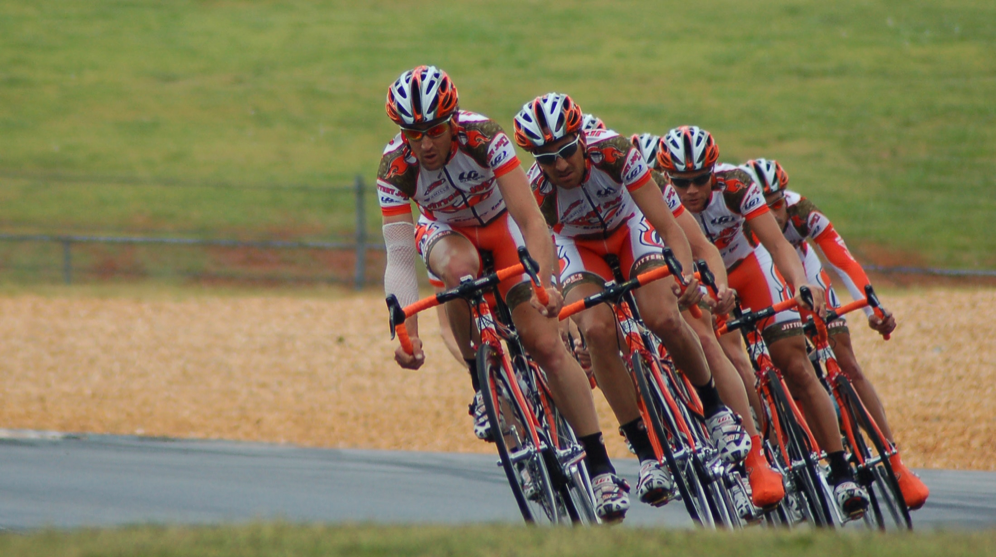Step 1- Current “HAVING” Results
Let’s say you’re involved in high stake sales transactions. You aren’t happy with the outcomes of sales interactions with potential customers. The current closing rate is around 25%, but you believe it should be much higher.
Step 2 - Future “HAVING” Results
In the second step, you decide on your desired results. Your goal is to double the future closing rate from 25% to 50%. You believe it’s highly achievable because your company provides superior service. You also only meet potential customers after the sales team qualifies the prospect, identifies the problem and ensures your solution would fit the potential client.
Step 3 - Current “DOING” Behaviors
In the third step, you evaluate your current behaviors that impact your current results. In our example, you reflect on the following actions:
I talk too much. I need to listen more to the potential customer hidden signals.
I rigidly follow my pitch/presentation instead of adjusting it to the client’s needs.
I focus on our solution more than on the client’s specific problem.
If you aren’t sure what are the behaviors that lead to your results you may consider getting feedback from colleagues and customers or take assessment tools such as the Leadership Behavioral Profile.
Step 4- Future “DOING” Behaviors
In step 4 you define the behaviors and the actions that will lead to expected outcomes, in our example 50% closing rate.
Surprisingly, deciding on future behaviors is less daunting than thinking on improvements. In most cases, the opposite behaviors are excellent starting points. In our example:
• I will talk less and listen carefully to hidden signals and challenges of the client.
• I will ask thoughtful questions based on the client’s inputs.
• I will rephrase every statement with a question.
• I will direct the conversation to the client’s needs to intensify the problem.
After every event that you haven’t delivered peak performance, revisit the BE-DO-HAVE matrix. You will come up with new behaviors that may yield better outcomes.
Step 5- Current “BEING” States
Step 5 is the “secret sauce” of the whole process. Most of us KNOW what the behaviors that improve our results are, but we don’t hold on to them. There two reasons why it's hard to discover what state of “being” is accountable for unwanted behaviors:
1. We can't see our blind spots
2. We make more subconscious decisions than conscious ones
A trusted advisor, who is not your best friend or colleague, will best give you unbiased and truthful feedback. In our example:
• I'm cautious. I avoid discussing real problems with a prospect
• I'm a pleaser. I’m agreeable to create a pleasant atmosphere
• I'm anxious. I'm afraid to lose the deal. Millions of dollars are at stake including my career, success, or commission.
Step 6 – Future “BEING” State
The last step is the icing on the cake. You define the state of 'being' that activates the desired behaviors that generate the desired results. As is the previous steps the opposite state of 'being' is usually the wanted one:
• I'm fearless/courageous
• I'm a critical thinker
• I'm a challenger
• I'm fully present and attentive
The words you use help you distinguish between BEING state and DOING behavior. Adjectives best describe BEING states while verbs best describe DOING behaviors.
The above order is how I use the BE-DO-HAVE Matrix, but you can find what works better for you. Some people work their way from current to future in this order:




